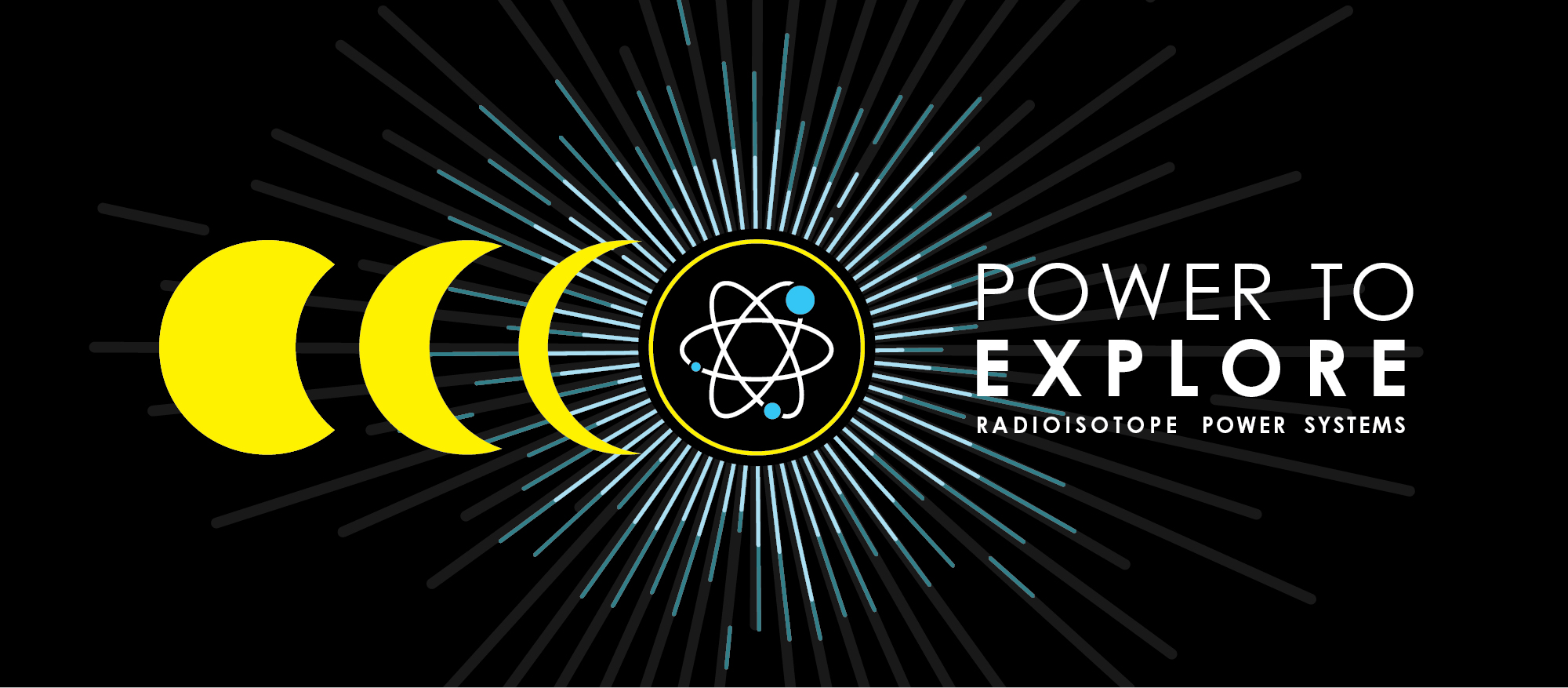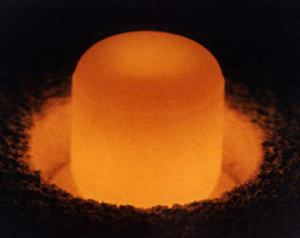


 NASA’s RPS Program
What Is Radioisotope Power and Why Does NASA Use It?
About Plutonium-238
RPS Power and Thermal Systems
NASA RPS Missions
NASA RPS Image: Flyby, Orbit, Land, and Rove
NASA RPS Video Library
NASA RPS Image Library
After 60 Years, Nuclear Power for Spaceflight is Still Tried and True
Powering Perseverance
Explore NASA STEM
Power to Explore Slide Deck
RPS Digital Scavenger Hunt Worksheet
Learn About RPS Lesson
Take Home Worksheets
Challenge Flyer
NASA’s RPS Program
What Is Radioisotope Power and Why Does NASA Use It?
About Plutonium-238
RPS Power and Thermal Systems
NASA RPS Missions
NASA RPS Image: Flyby, Orbit, Land, and Rove
NASA RPS Video Library
NASA RPS Image Library
After 60 Years, Nuclear Power for Spaceflight is Still Tried and True
Powering Perseverance
Explore NASA STEM
Power to Explore Slide Deck
RPS Digital Scavenger Hunt Worksheet
Learn About RPS Lesson
Take Home Worksheets
Challenge Flyer
Flybys are used to get a quick glimpse of a planetary object. A flyby spacecraft will travel close to the object it is observing and collect data from it, like when Voyager 1 & 2 flew by Jupiter and discovered its rings and the volcano on its moon lo. Flybys can survey, take pictures, study magnetic fields, and much more! If you choose a flyby, where would you go? Remember your mission destination should be dark, dusty, or distant— think places as far as Jupiter or even something further like Pluto or interstellar space. Check out these other amazing flyby missions for inspiration: New Horizons and Pioneer 10 & 11.
Orbiters can study a planet for a long time, map it out, study its moons in detail, and detect changes over time, like weather patterns. A spacecraft that orbits is perfect for distant travel because it can decelerate at the right moment to get captured in orbit and observe the planet while orbiting it. The Cassini spacecraft that orbited Saturn for 13 years had a magnetometer, a spectrometer, a fields and particles instrument, and cameras that could see in infrared, ultraviolet, and visible light. Galileo was the first spacecraft to orbit Jupiter, study its moons and it discovered evidence for liquid water under the moon Europa’s icy surface.
A lander spacecraft makes physical contact with the surface of its destination, stays where it is, and does all its functions in the place where it lands. Landers can also include scientific equipment like cameras, robotic arms, sensors, and much more. The Viking spacecraft consisted of two landers and they provided numerous new insights into the nature and history of dusty Mars and found all elements essential to life on Earth. Much of what we understand about the moon’s interior comes from the Apollo Lunar Surface Experiments Package, a collection of scientific instruments powered by RPS that monitored the environment at each Apollo landing site. Where would your lander’s mission destination be, and what would your mission goals be?
A rover has the added value of letting you land somewhere safe and then travel somewhere more interesting! Rovers can move around, explore, collect samples, and transmit data back to Earth. Perseverance and Curiosity are currently exploring and collecting valuable information on Mars. NASA’s Dragonfly mission will consist of a rotorcraft (multi-rotor vehicle) that will fly to dozens of locations on Saturn’s moon, Titian searching for the building blocks of life. Will your mission have a roving spacecraft? If so, think about what kind, where it would go, and what its purpose would be.And remember, pick a place with limiting light factors.
Some missions combine two different types of spacecraft. For example, the Viking 1 & 2 Mars Landers each consisted of an orbiter and a lander. It is important to note that the landers were powered by RPS and the orbiters used solar. The four Viking spacecraft were designed to take high-resolution images of the Martian surface, characterize the structure and composition of the atmosphere and surface, and search for evidence of life. If you were to combine two or more mission types, what would they be, and why combine them? If your mission type doesn’t fit into the categories above, no problem! Feel free to dream up anything you want; the possibilities are limitless.
No light, no problem! RPS does not need light to function. Because of this, it can be used to travel to places like Saturn, Pluto, or the Moon and its shadowed craters. Saturn’s available sunlight is only one hundredth, or one percent, of what we receive at Earth, and Pluto’s is only six hundredths of a percent of the amount of sunlight available at Earth. Since RPS does not rely on solar arrays, it can give spacecraft the power it needs to go to faraway places, or in deep craters with little available sunlight. Where will your mission go with this unique ability?
Thinking of a mission to a dusty place, RPS has you covered! Global dust storms are a regular occurrence on Mars. Dust accumulates on solar panels, limiting the amount of energy to operate solar-powered spacecraft. Fortunately, NASA’s rovers Perseverance and Curiosity, use RPS rather than solar panels, so they can keep working even when the environment gets dusty. Explore how RPS have helped these Mars rovers with their missions.
RPS enables far away missions. NASA’s RPS-powered Voyager twin spacecraft, launched over 45 years ago and are over 14.6 billion miles away, and they continue to return valuable data to scientists on Earth. Thanks to RPS, the Voyager spacecraft have visited Jupiter, Saturn, Uranus, and Neptune and are currently exploring interstellar space - the space between our solar system and other stars. Think about how far your mission will go and what kind of data it will collect.
RPS offers the key advantage of operating continuously over long-duration space missions, which means you could plan a mission that stays active for a long time. RPS uses the heat from natural radioactive decay, which makes it independent of changes in sunlight, temperature, charged particle radiation, or surface conditions like thick clouds or dust. Voyager 1 & 2 have been active for over 45 years, and if you want, your mission can last a long time too!
RPS are mighty! These systems are very rugged which allows them to function in extreme environments. Check out the missions they have helped power here. In the future, radioisotope power systems could continue to support missions to extreme environments in our solar system like Jupiter’s moon Europa, the liquid methane lakes of Saturn’s moon Titan, the rings and moons of the giant ice planet Uranus or other extreme environments in our solar system and beyond.
The excess heat produced by some radioisotope power systems can be used to enable spacecraft instruments and other onboard systems to continue to operate effectively in extremely cold environments. In addition, Radioisotope Heater Units (RHUs) can be used for additional thermal control to keep computers and instruments warm, especially on solar-powered spacecraft, such as the Spirit and Opportunity rovers that explored Mars.
It takes many different people and skills to plan and operate a mission. Think about the goals of your mission and what skills you have to help accomplish those goals. Not all missions go exactly as planned. What kind of skills can you bring to the table to help resolve a challenge your mission might encounter? Whether it is the ability to problem solve, code a program for a microcontroller, communicate effectively, or some other skill, think about how you can contribute to mission success.
Just like RPS has qualities that make it well-suited for space exploration, YOU also have unique personality traits that make you suited for your RPS-powered space mission. Are you determined, brave, positive, or ambitious? Are you adaptable, resilient, or stable under pressure? Think about the personality traits you have that would make your mission successful.
If your power doesn’t fit into the categories above, no problem! Choose any personal strength unique to you that will help you achieve mission success.
Building upon a legacy of over 60 years, NASA’s Radioisotope Power Systems (RPS) program delivers innovative radioisotope-based power systems and technology that enable science missions to some of the most distant, dustiest, darkest, coldest, and harshest environments in the solar system. In partnership with the Department of Energy, the RPS Program is a multi-center effort. The program reports to the leadership of NASA's Science Mission Directorate (Planetary Science Division).
Thank you for your interest in contacting Future Engineers. We look forward to connecting with you!
General Inquiries
support@futureengineers.orgSponsorship Inquiries
sponsor@futureengineers.org